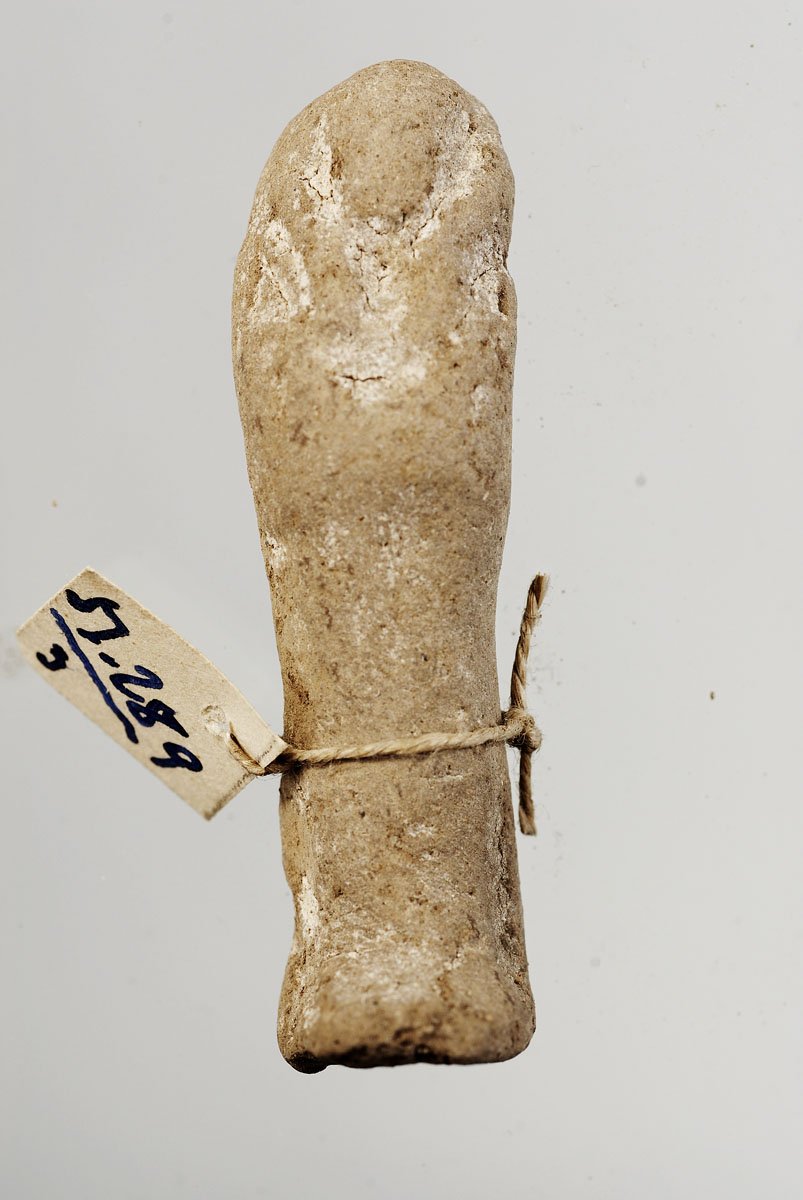
Shabti
Egyptian Art
| Date | ca. 1390–1292 BC |
|---|---|
| Object type | intaglio and similar objects, scarab, scaraboid, seal |
| Medium, technique | steatite (?), with blue-green glaze |
| Dimensions | 0.7 × 1 × 1.4 cm |
| Inventory number | 51.372 |
| Collection | Egyptian Art |
| On view | This artwork is not on display |
This scarab made of greenish blue glazed steatite has been carved into the form of a dung beetle (Scarabaeus sacer). From the earliest times the adult dung beetle that was observed to roll a ball of dung across the sand apparently prompted in the minds of the Egyptians a comparison with the rising sun god reborn at each dawn. The noun ‘scarab’ literally means ‘that which comes into being’, and thereby the amulet was associated both with the notion of the creation of new life and of rebirth. The oval underside of this scarab is inscribed with a cartouche holding the throne name of pharaoh Amenhotep III (ca 1390–1353 BC). According to ancient Egyptian beliefs, the king’s name could be a substitute for his actual person, who ruled the realm of the living as the son of the sun god. The royal names, or epithets referring to the victorious king, were also believed to have a strong protective power, similar to the names and images of gods. The scarab was the most popular amulet in ancient Egypt, which could assure protection for the bodies of mortals during their lifetime or help them on their journey through the netherworld. The piercing through the longitudinal axis of the amulet suggests that it was originally worn on a chain or set in a ring.
This record is subject to revision due to ongoing research.